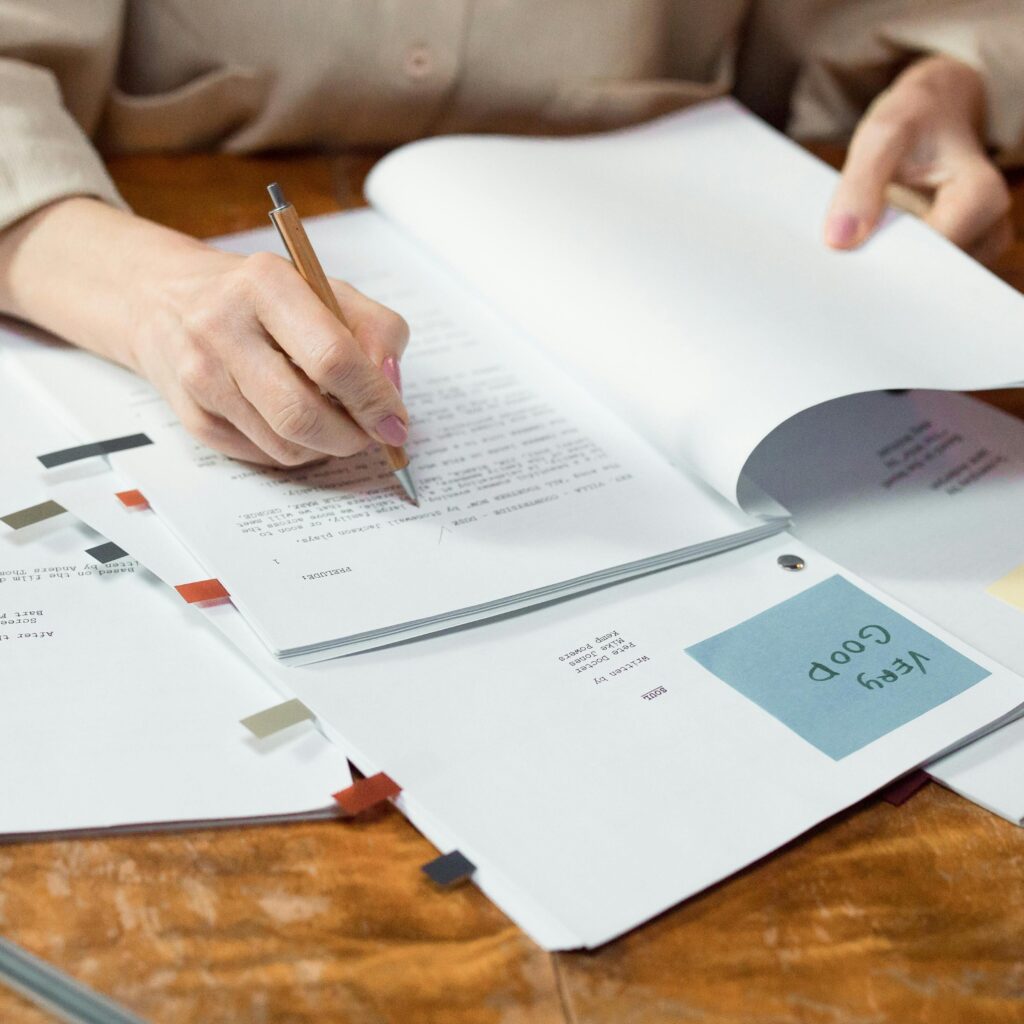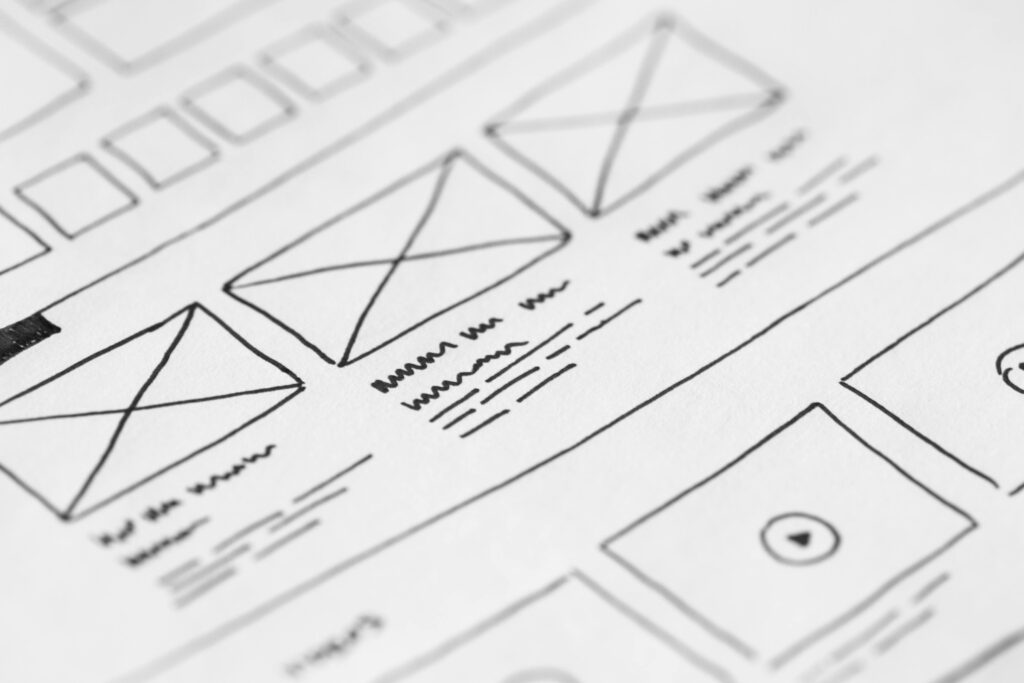2D ANIMATION – Professional Visual Solutions for Scientific Communication
The Power of 2D Animations in Science
Supporting Research Communication: In research, 2D animations help scientists visualize data, simulate processes, and illustrate findings that are difficult to convey through traditional methods. They are valuable tools for presenting research outcomes clearly and effectively.
Enhancing Education: 2D animations simplify complex scientific concepts, making them more accessible in classroom settings and online learning environments. They enrich educational experiences by providing visual explanations that aid in understanding challenging topics.
Driving Public Awareness: Animations are powerful for communicating scientific issues to the general public. They make information accessible through public campaigns, and their shareability on social media makes them an ideal format for quickly spreading awareness about scientific topics.
2D Benefits: Cost-Effective and Flexible Solutions
2D animations offer a more affordable alternative to 3D models, while still delivering high-quality visuals. Their flexibility allows for tailored content suitable for a range of audiences, from young students to experts, by adjusting the level of detail to meet different needs.
Navigating the Journey to 2D Animation
The 2D animation process is a captivating journey that transforms your scientific ideas into engaging visual stories. Below is a breakdown of each step to provide a clear understanding of the workflow, from concept to final delivery. This collaborative approach ensures that your input guides us throughout, resulting in a product that resonates with you and connects with your audience.
1. Briefing & Script
Every project begins with a kickoff meeting to understand your story, objectives, target audience, budget, and branding guidelines. My goal is to identify key information, clarify your needs, and pinpoint communication challenges. In this initial meeting, it is recommended to bring any resources and references relevant to my understanding, along with a draft script of what you want to convey. With all this information, I will conduct initial research to grasp the details of your project to make a final script. Finally, if you have any aesthetic or style preferences, please communicate them so I can implement them according to the project’s needs.


2. Storyboard
In the storyboard phase, I create a visual representation of the script by sketching key scenes and actions. This storyboard acts as a blueprint for the animation, illustrating the sequence of events and helping to visualize the flow of the story. During this phase, we collaborate to evaluate the storyboard, identifying effective aspects and determining which parts may need further development to achieve your goals. We will also explore potential styles and visual solutions to enhance the overall narrative.
3. Visualization
The visualization step involves designing the visual elements such as characters, scientific elements, and backgrounds. It sets the stage for the animation by creating the visual style and establishing the setting. This phase ensures that all the visual components are consistent with the intended tone and aesthetic of the project.
4. Animation
This is the core production phase where the visual elements come to life. Using digital techniques, we animate all the elements, effects and transitions based on the storyboard. If needed, voice recording is carried out to capture narration, while sound design adds music and sound effects to enhance the storytelling. The animation draft is then composited to combine all visual and audio elements into a cohesive sequence.
5. Final Delivery
In the final step, the animation is edited based on feedback, with adjustments made to timing, visual effects, sound design, and color correction. The polished animation is then rendered in the requested formats, such as MP4 or GIF, ready for you to share as a piece of scientific artwork.
If you have any questions or need further clarification, please feel free to reach out!
FAQs
Choosing Between 2D and 3D Animation?
Selecting the right animation type depends on various factors:
- Purpose: 3D works well for detailed and realistic visuals needed in teaching or research, while 2D is more suitable for simpler illustrations that introduce or summarize key points.
- Project Complexity: For quick, straightforward projects, 2D is ideal. Complex projects that require realistic visuals may benefit from 3D.
- Budget: 2D animation is more budget-friendly, while 3D can offer a higher-quality appearance for a larger investment.
- Timeline: When time is limited, 2D animations are faster to produce. For projects with a more flexible schedule, 3D can deliver more visually impressive results.
- Audience: 3D is suitable for adults and professionals familiar with realistic visuals, while 2D is more accessible for children or audiences with less specialized knowledge. However, both techniques can be versatile in terms of style and level of detail.
Ultimately, the best choice aligns with your project’s budget, timeline, and objectives, ensuring practicality over flashiness.
How Long is a Typical Scientific Animation?
The sweet spot for animations aimed at healthcare providers is typically 1.5 to 2 minutes. While the average duration for scientific animations ranges from 2 to 4 minutes, shorter animations effectively convey key messages without losing viewer interest or straining production budgets.
Flexible Sound Production and Collaborative Voice-Over Services
I oversee all aspects of sound editing and secure the necessary licensing for background music and sound effects. For narration, I collaborate with a network of professional voice-over artists. However, if you prefer to manage the sound production independently, you only need to provide the recorded audio for final editing.
